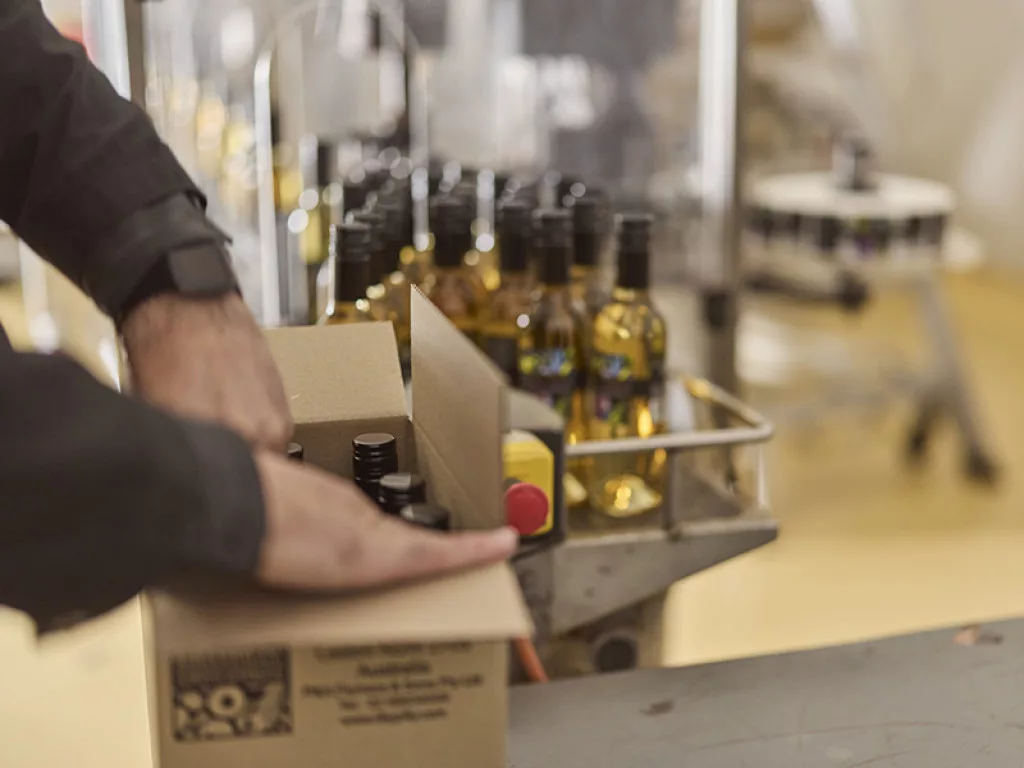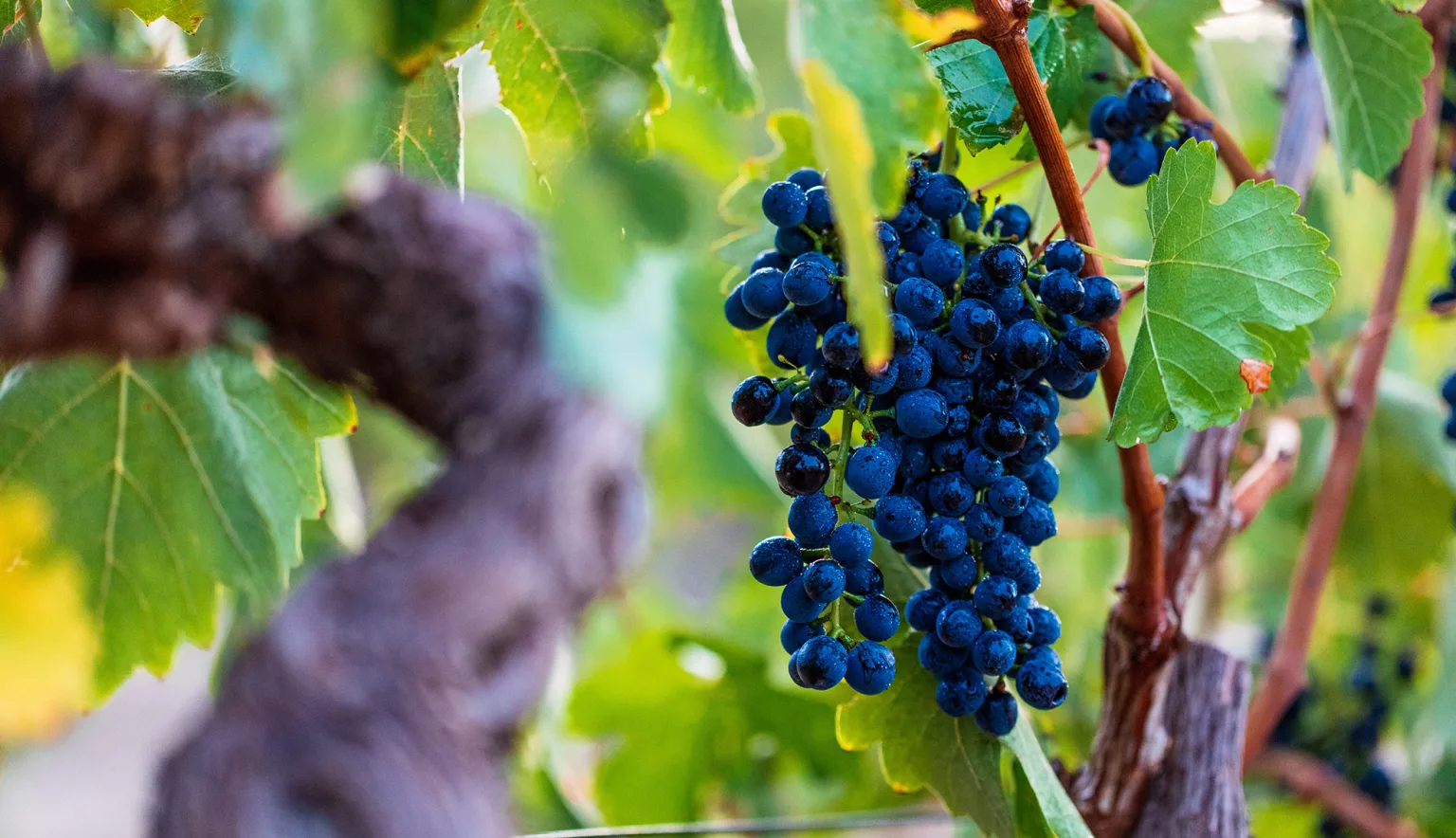Managing a behemoth operation such as Australia’s wine exports is as rewarding as it is challenging. Tony Battaglene, CEO at Australian Grape & Wine, provides more in-depth focus.
A GLASS HALF FULL APPROACH
The Australian wine industry is one of the world’s largest exporters in its field, with approximately 800 million out of the 1.3 billion litres produced annually exported to overseas markets for global consumption.
As one of the world’s true juggernauts in this industry, wine is a significant contributor to the Australian economy, through a combination of production, employment, exports, and tourism.
Australian Grape & Wine (AGW) is Australia’s national association of grape and wine producers. It is a declared winemakers’ and grape growers’ organisation, under Section 5A and 5B of the Wine Australia Act 2013. Funded through voluntary membership fees, AGW has a responsibility to develop strategy, implement policy and advocate on behalf of the sector.
Wine is produced in every state of the country, with more than 60 designated wine regions totalling approximately 160,000 hectares, however, Australia’s wine regions are mainly found in the southern, cooler parts of the nation.
For Tony Battaglene, CEO of AGW, after navigating a vast array of careers, including roles in research, policy development, fund management and industry liaison, these experiences led to the development of additional expertise in natural resource management, industry restructuring, intellectual property, biosecurity, legislation, trade and market access and industry-government relations.
“I joined the Winemakers Federation of Australia in 1999 and established the Canberra Office. This role included developing and implementing a comprehensive market access strategy, overseeing biosecurity, research and development and industry policy. A strong international focus has also resulted in developing key networks with competitors and other industries to further the interests of the Australian wine sector,” opens Battaglene.
“Formed in 2019, from the merger of Australian Vignerons and Winemakers Federation of Australia, I was appointed as the inaugural CEO. I have always been interested in agriculture and the wine sector was therefore a natural fit.”
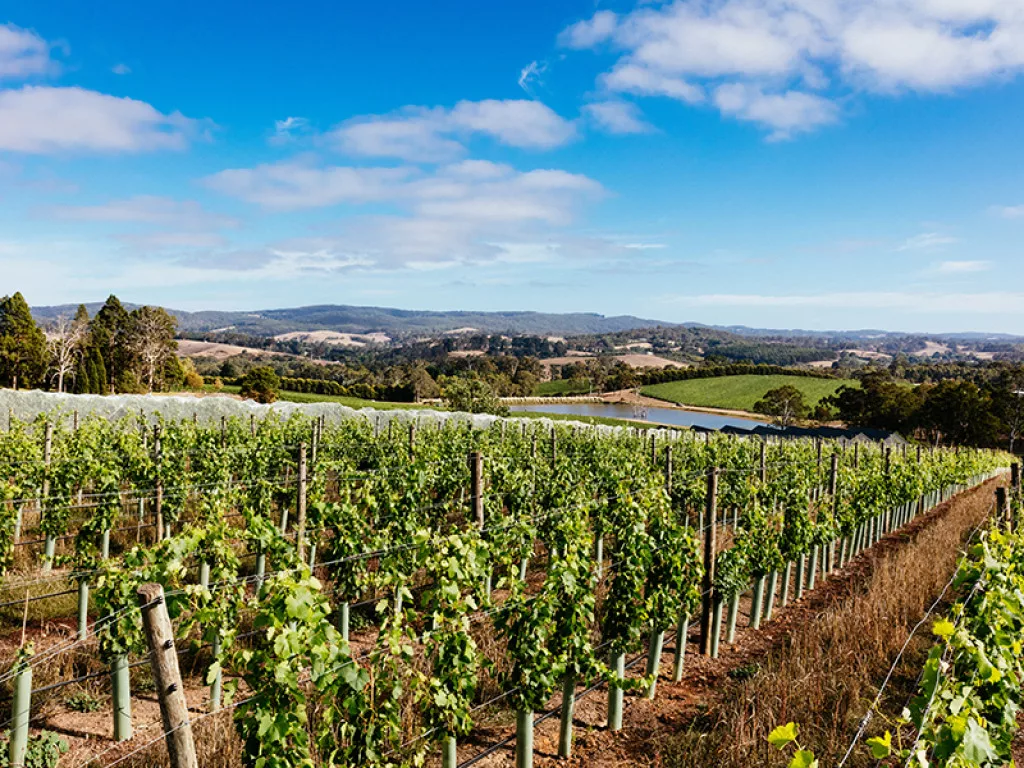
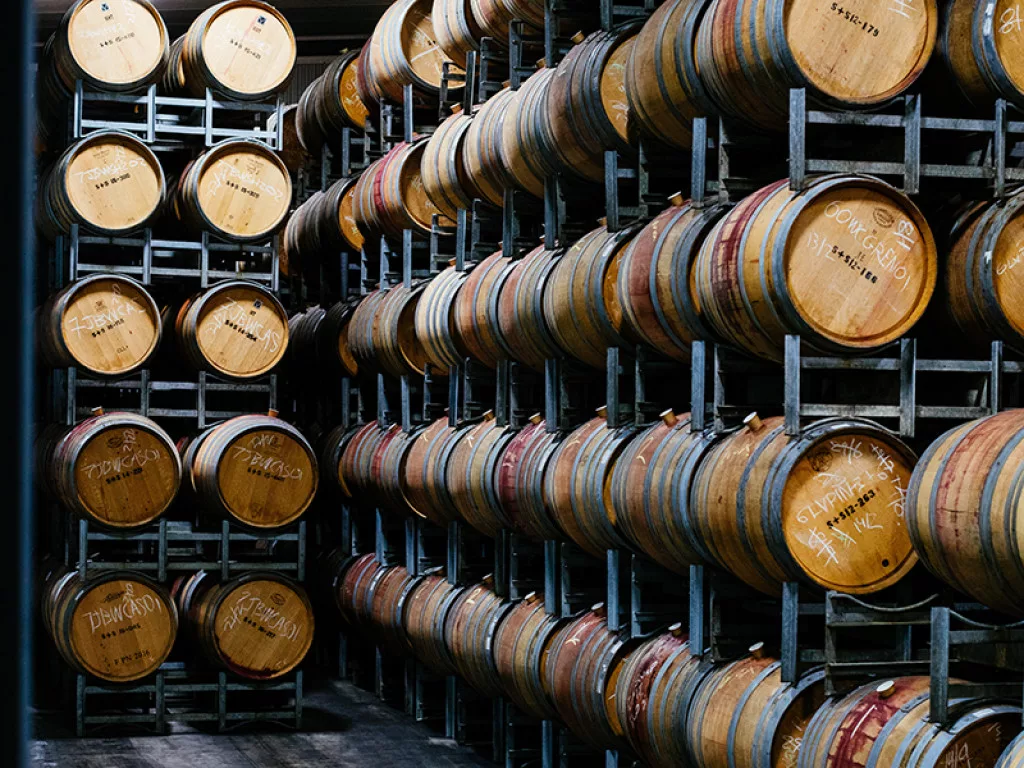
CHALLENGES WITHIN THE INDUSTRY
Grape prices in 2022 have fallen sharply, due to a sudden drop in demand for Australian wine. For all grape growers without pre-existing contracts, there are now very limited options available going forward, which presents many complications in terms of sustaining a successful business. The large volume of 2021 vintage has added to this challenge, with excess wine in tanks, barrels and bottles, further squeezing domestic margins.
“COVID-19-generated freight and logistics issues have compounded the supply-demand imbalance. For many growers, this will drive them into insolvency, and structural adjustment will be required if we cannot find new markets. The damage will be felt across Australia and will put pressure on rural communities relying on the wine sector,” explains Battaglene.
The 2022 vintage is considered to be around the long-term average, but the stock-to-sales ratio remains difficult, with logistic issues slowing clearance internationally. Inflationary pressures are also adding significant cost and will inevitably impact on demand, as interest rates move in the short to medium term.
“We are pleased to note that through the assistance provided by the Agribusiness Expansion Initiative, this work is well underway, and the 2022 vintage will add further challenges to the sector.”
The fall in grape prices, difficulty in moving stock offshore, high costs of production due to labour, and logistic costs will mean high stock-to-sales ratios for 2023. This will mean added price pressure on growers too, resulting in a difficult and challenging time for the sector, but potentially also incredibly rewarding to be driving the strategy.
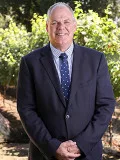
“AGW is the only body in Australia with a national remit whose sole objective is the betterment of the Australian Grape and Wine Sector”
Tony Battaglene, CEO, AGW
SUSTAINABLE AMBITIONS
“Sustainability is the buzzword in the industry now. Customers and consumers are demanding that all businesses demonstrate their credentials in terms of environmental, ethical and social footprint. Sustainability is a great opportunity and also a great challenge.”
Battaglene believes that the sector needs to set far more ambitious targets to reach net zero emissions. 2050 is no longer good enough and AGW needs to set a roadmap to reach this target by 2035. Waste is also an enormous issue for the country and requires a new approach for the entire supply chain.
“If we do this right, sustainability could be a major boost to our wine brand value and deliver for the planet. AGW is the only body in Australia with a national remit whose sole objective is the betterment of the Australian Grape and Wine Sector.”
Sustainable Winegrowing Australia (SWA) is the national programme for grape growers and winemakers, created to demonstrate and continuously improve their sustainability in the vineyard and winery through the environmental, social and economic aspects of their businesses. This programme takes a holistic approach to managing, supporting and promoting sustainability. It is administered by the Australian Wine Research Institute with governance, endorsement, and active support from AGW and Wine Australia. These three organisations form a joint steering committee to oversee the programme, with agreed activities set out in an Annual Operating Plan. SWA is modelled on global best practices and aligned to the United Nations Sustainable Development Goals, with progress towards these monitored annually. This programme is growing in membership every day and delivering real benefits for the planet.
Responsibility lies with the CEO, but we have open forums to ensure decisions are collectively understood and owned by all”
Tony Battaglene, CEO, AGW
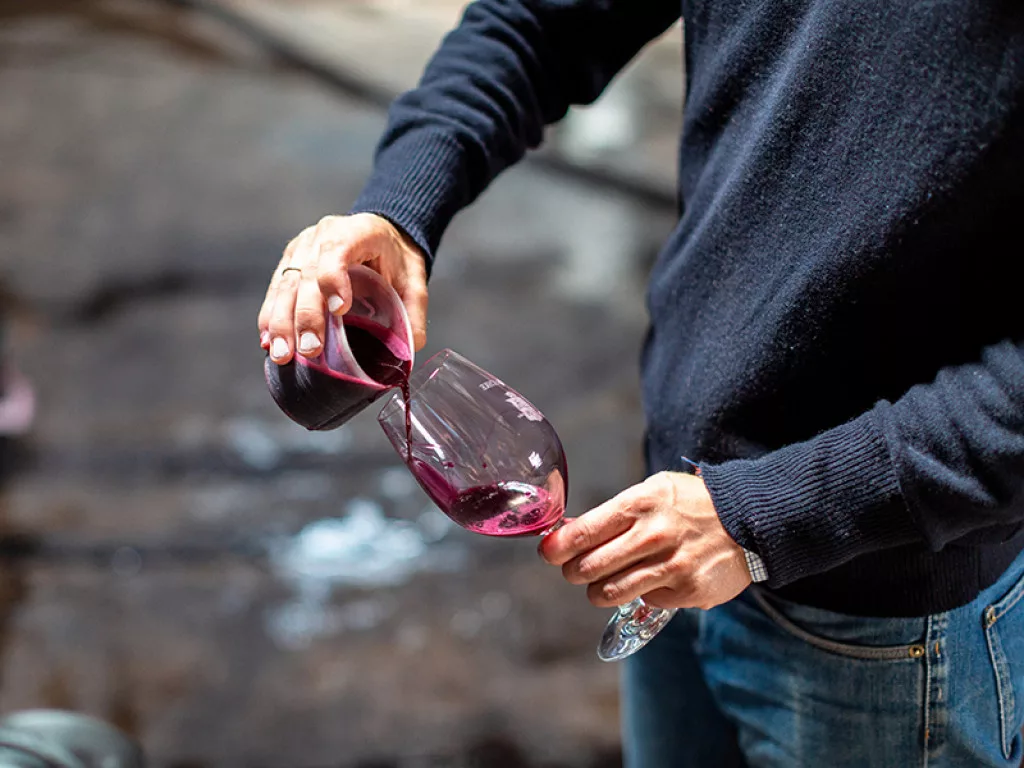
CHALLENGES FOR THE FUTURE
“We need to find a home for premium red wine that was destined for China, and there is no market that can take up this slack in the short term. “Unlike many of our key competitors, Australia’s export success story has not been driven by subsidies, or a comparatively lower cost base,” continues Battaglene.
“We know there is no single market, or collection of markets, that will fill the China gap, but that diversification of markets will be critical to the sector’s growth in the future.”
As highlighted by Battaglene, science, innovation, and collaboration has driven AGW’s rise to become a key player within the world’s fifth largest wine exporting nation. Market diversification may be geographic or demographic and requires new strategies that lead to the understanding of consumer drivers, identification of opportunities, product development and improved access to markets. While there is a short-term imperative, a long-term strategy is essential to the future of AGW and the Australian wine industry.
“Although we have a small team, they are dedicated to the sector. We empower them to make decisions and input into the strategic direction of the sector. Responsibility lies with the CEO, but we have open forums to ensure decisions are collectively understood and owned by all,” Battaglene concludes proudly.
